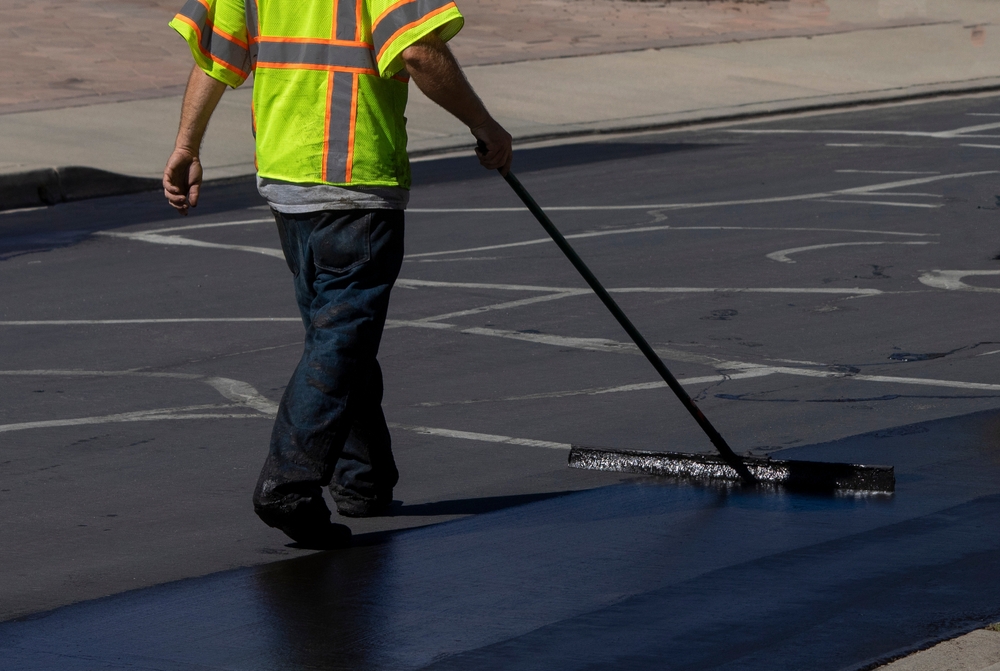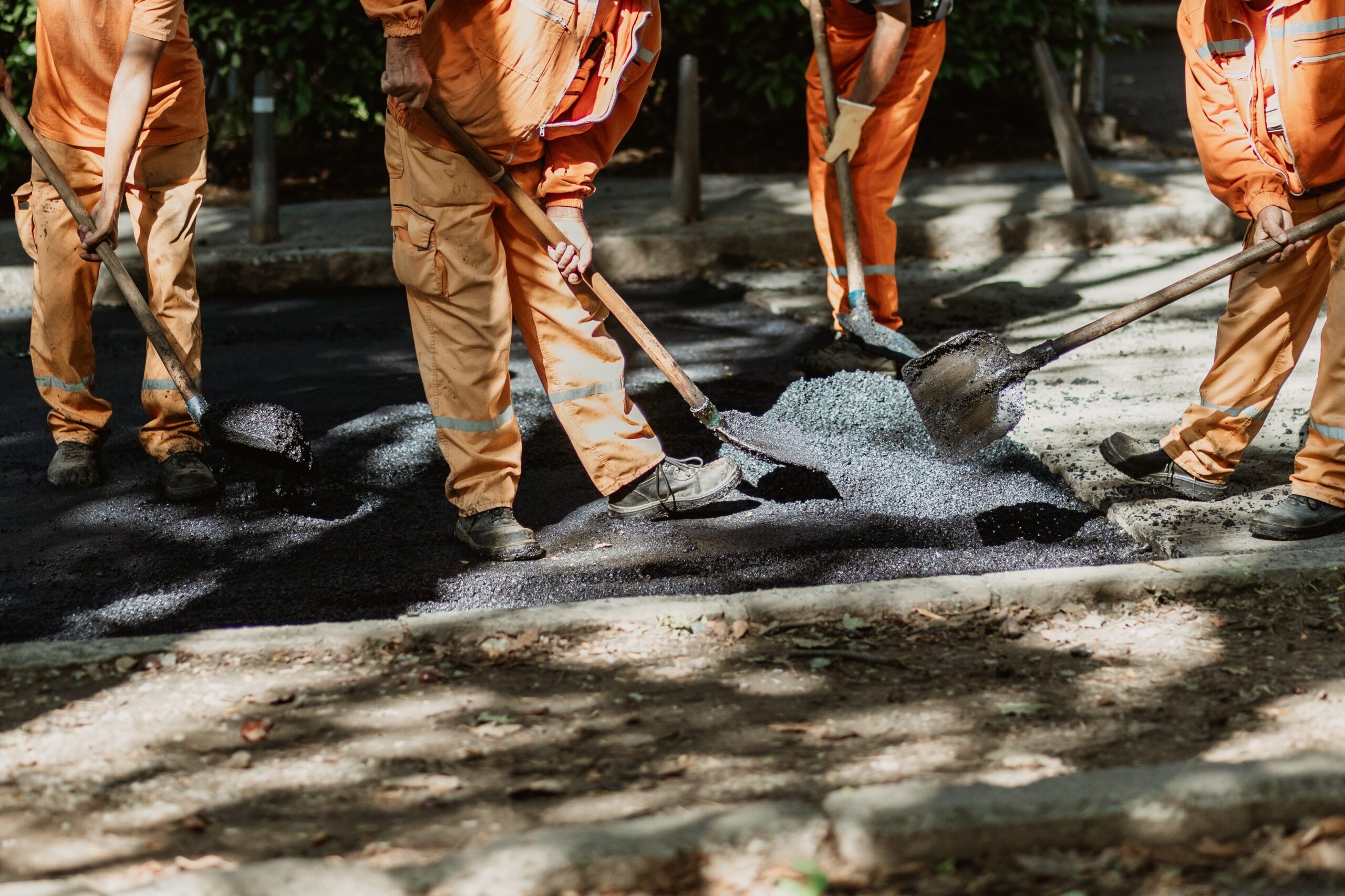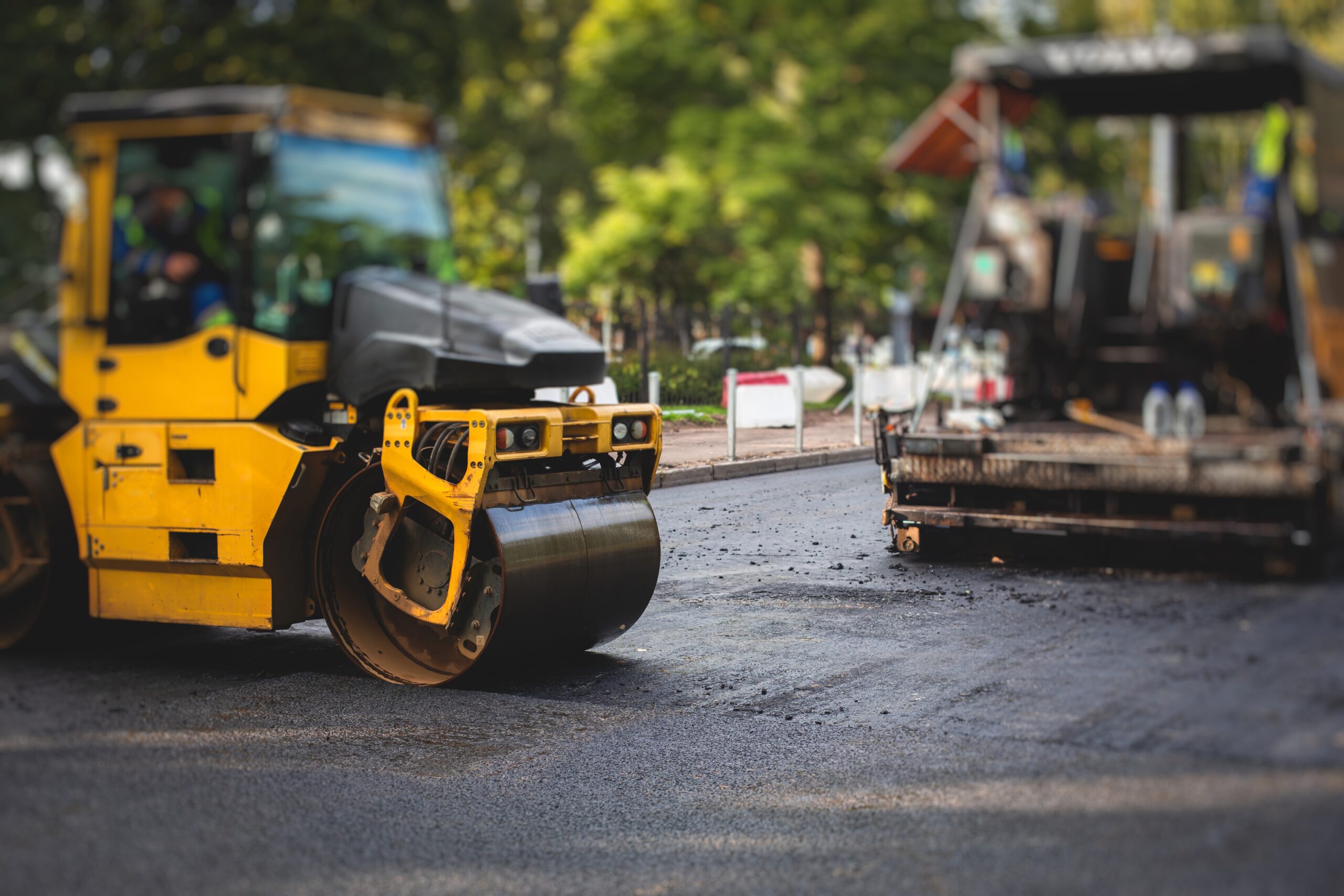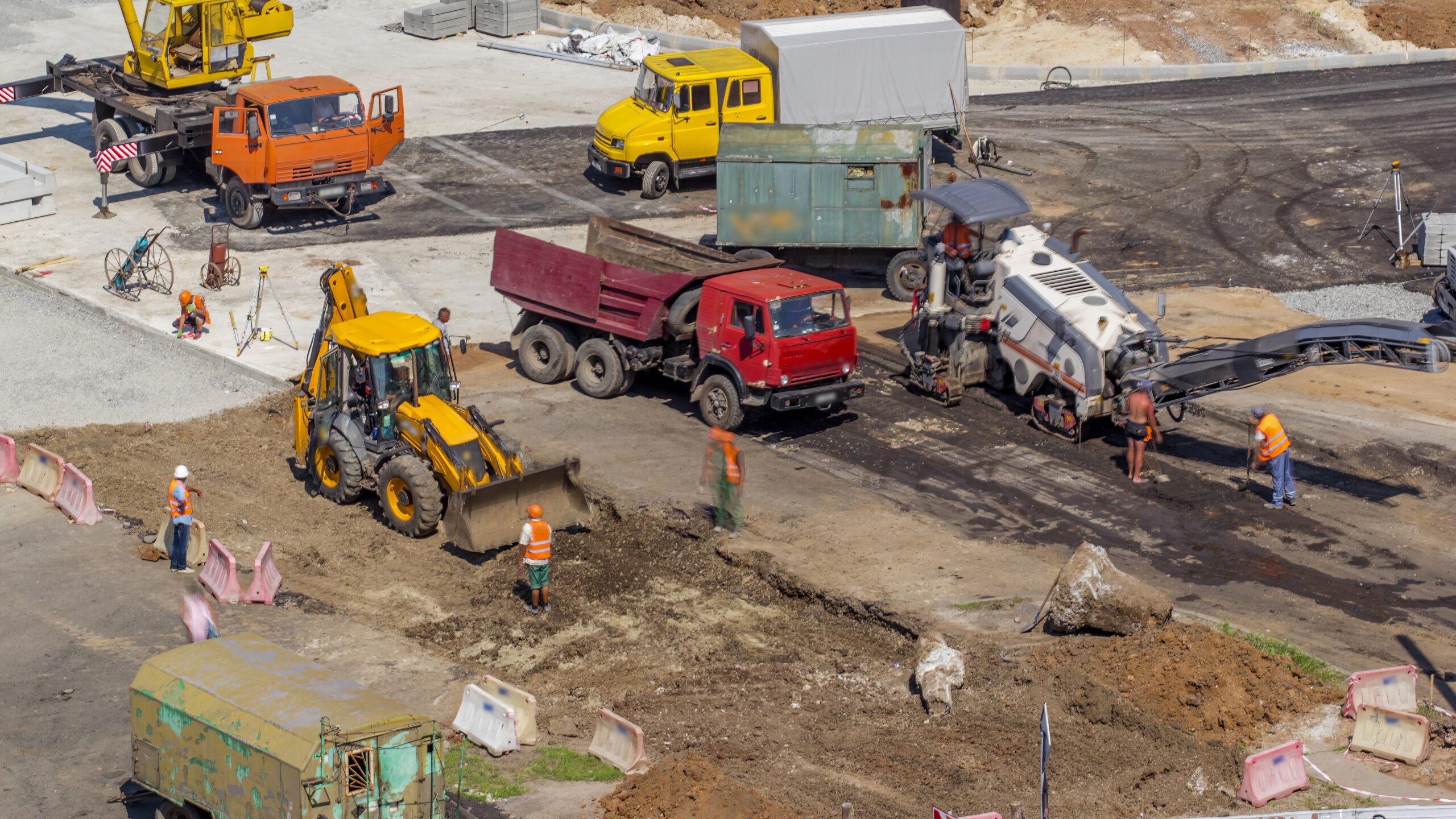
Sustainability is no longer a trend; it’s a responsibility. As property owners become more conscious of their environmental impact, maintenance practices like sealcoating are being re-evaluated through a greener lens. The good news is, yes, you can. Eco-friendly sealcoating offers the same protection and performance without compromising environmental safety.
Whether you manage a commercial property, HOA, or multi-family lot, understanding sustainable sealcoating options helps you make smarter, more responsible choices. In this guide, we’ll explore how eco-friendly sealcoating works, its importance, and key considerations to keep in mind before your next project.
Why Traditional Sealcoating Raises Concerns
Before exploring greener alternatives, it’s essential to understand why traditional sealants have raised concerns among environmental groups and property professionals. Many conventional products contain chemicals that can harm air, water, and soil quality.
Key Issues With Traditional Sealcoating
- Coal tar-based sealants release high levels of polycyclic aromatic hydrocarbons (PAHs). These chemicals are harmful to aquatic life and may pose health risks with long-term exposure.
- Volatile organic compounds (VOCs) in certain sealants contribute to air pollution and the formation of smog.
- Runoff from sealed surfaces during rain can carry toxic substances into nearby drainage systems and waterways.
While coal tar sealants have been effective for decades, their environmental footprint has led to bans in several U.S. states and cities. For property owners looking to align with modern sustainability goals, it’s clear that alternative solutions are necessary.
Local and Legal Considerations
Some jurisdictions restrict the use of high-PAH sealants. Before starting a project, verify local regulations to ensure compliance with relevant laws and regulations. Switching to environmentally safe products not only keeps you compliant with the law but also aligns your property with the eco-conscious expectations of tenants and clients.
Greener Sealcoating Alternatives Available
Modern technology has made it possible to protect your asphalt surfaces with products that are safer for the environment and human health. These eco-friendly sealants are just as effective in resisting UV rays, water intrusion, and chemical damage while learning how sealcoating protects your asphalt investment.
Common Eco-Friendly Sealcoating Types
- Asphalt-based emulsions: Made from asphalt and water, these sealants contain fewer VOCs and no coal tar. They’re durable and less toxic.
- Acrylic-based sealants: Known for their low chemical emissions and long-lasting performance, they are often used in environmentally sensitive areas.
- Bio-based sealants: These products use renewable materials such as soybean oil or other plant-based compounds. They offer a truly green alternative and are biodegradable.
- Polymer-modified asphalt sealants: Designed for high performance with fewer environmental risks, these blends contain minimal hazardous compounds.
Benefits of Eco-Friendly Formulas
- Lower toxicity for workers, pedestrians, and wildlife
- Less runoff pollution during rainy conditions
- Fewer regulatory issues in restricted zones
- Comparable lifespan to conventional sealants when correctly applied
Making the switch does not mean sacrificing quality. Reputable contractors now offer these green options as part of their standard service, and many property owners are adopting them as their go-to choice, often comparing sealcoating vs repaving which option saves more.
Practical Benefits for Property Owners
Choosing environmentally friendly sealcoating isn’t just about helping the planet. There are also tangible, long-term benefits for your business or property. Greener choices often translate to lower liabilities, smoother approvals, and better public perception.
Cost and Performance Considerations
While eco-friendly sealants can cost slightly more upfront, they often provide better long-term value through:
- Reduced health and safety risks for employees and visitors
- Easier regulatory approvals and fewer compliance headaches
- Lower cleanup and disposal costs
- Less wear on adjacent landscaping or drainage systems
When viewed as part of a larger maintenance plan, eco-conscious choices often save money by avoiding legal issues or repeated repairs caused by improper materials or damage from harsh chemicals.
Enhancing Brand Image and Property Value
Sustainability is a powerful message in today’s market. Whether you’re leasing commercial space or managing residential properties, demonstrating environmental responsibility adds value:
- Attract eco-conscious tenants or clients
- Build community goodwill
- Meet green building certification requirements.
- Strengthen your brand as a responsible property manager.
In short, environmentally friendly sealcoating supports your bottom line while helping you meet higher ethical and regulatory standards.
Best Practices for Eco-Conscious Sealcoating
Adopting a green approach to sealcoating means more than just switching to a different product. To truly minimise environmental impact, you need a contractor who understands eco-friendly application methods, runoff management, and timing, including the step by step process of parking lot sealcoating.
How to Plan a Greener Sealcoating Project
- Select the right product: Look for sealants that are low-VOC, PAH-free, or bio-based, ensuring they meet local environmental guidelines.
- Work with certified contractors: Choose companies that are familiar with sustainable practices and use compliant materials.
- Schedule in dry weather: Prevents runoff and helps the product cure properly.
- Use proper containment: Protect nearby drains, soil, and landscaping from accidental spills or overspray.
- Communicate with tenants and staff: Ensure everyone is aware of the schedule and green practices being implemented.
Common Misconceptions About Green Sealcoating
Despite its growing popularity, eco-friendly sealcoating still faces scepticism. Many property owners worry about its performance, durability, or cost. Let’s address a few of the most common misconceptions about how sealcoating protects your asphalt investment.
Eco-friendly sealants don’t last as long.
Fact: High-quality, eco-friendly sealants are formulated for durability and often match the performance of traditional options when applied correctly.
It’s too expensive
Fact: While initial costs may be slightly higher, reduced environmental risk, improved brand value, and lower long-term maintenance make it cost-effective.
It’s only for large or government projects.
Fact: Any size property can benefit from sustainable sealcoating. Small businesses, HOAs, and private facilities are increasingly adopting green options as standard practice.
Eco-sealants are hard to find
Fact: Many contractors now offer environmentally safe products and are well-versed in applying them to both commercial and residential lots.
Understanding the facts behind the product helps you make a confident, well-informed decision for your next sealcoating project, especially regarding how often should you sealcoat your asphalt.
Frequently Asked Questions
What happens to the parking lot pavement if sealcoating is ignored?
When sealcoating is neglected, asphalt begins to deteriorate quickly. Without a protective barrier, UV rays, water, oil, and chemicals penetrate the surface, leading to cracks, potholes, and structural weakening. Over time, minor issues evolve into major failures, often requiring costly reconstruction much sooner than necessary.
How does ignoring sealcoating impact repair costs over time?
The financial impact of ignoring sealcoating adds up fast. Without routine maintenance, complete lot reconstruction may be needed within 8 to 10 years. In contrast, consistent sealcoating and minor repairs can extend pavement life well beyond 20 years. The difference could mean saving tens of thousands of dollars over the long term.
What safety and liability risks increase without sealcoating?
Unsealed pavement becomes a safety risk for both drivers and pedestrians. Cracks and potholes create tripping hazards, while faded striping reduces visibility. These conditions raise the likelihood of accidents, injury claims, ADA violations, and increased insurance premiums.
How does neglecting sealcoating affect your business’s image and customer retention?
A neglected parking lot makes a poor impression. It signals a lack of upkeep and can deter customers or tenants. Well-maintained lots, on the other hand, demonstrate professionalism, enhance curb appeal, and increase customer confidence, ultimately impacting retention and revenue.
Are there situations where sealcoating is no longer effective?
Yes. If a surface has been neglected for too long, especially more than 10 years, sealcoating may no longer bond properly due to severe surface damage or contamination. In such cases, only resurfacing or complete replacement can restore the lot. Sealcoating is most effective as a preventive measure, rather than a repair for significant deterioration.
Make the Sustainable Choice
Eco-friendly sealcoating is no longer a niche option; it’s a practical and responsible choice for property owners who want to protect their pavement and the environment. With safer materials, comparable durability, and increasing availability, there’s no reason to stick with traditional sealants that are harmful.
By choosing green alternatives, you reduce long-term liability, enhance your property’s image, and support healthier communities. It’s a small change that brings significant benefits to both your business and the planet.
Asphalt Coatings Company proudly offers environmentally responsible solutions for commercial and residential properties across Colorado. Our team utilizes high-performance, low-impact products designed to protect your pavement without harming the environment.



